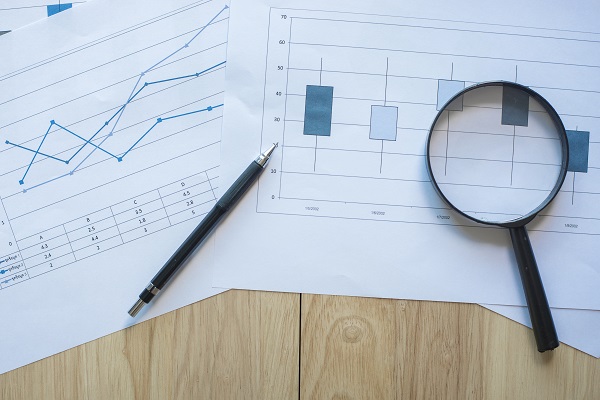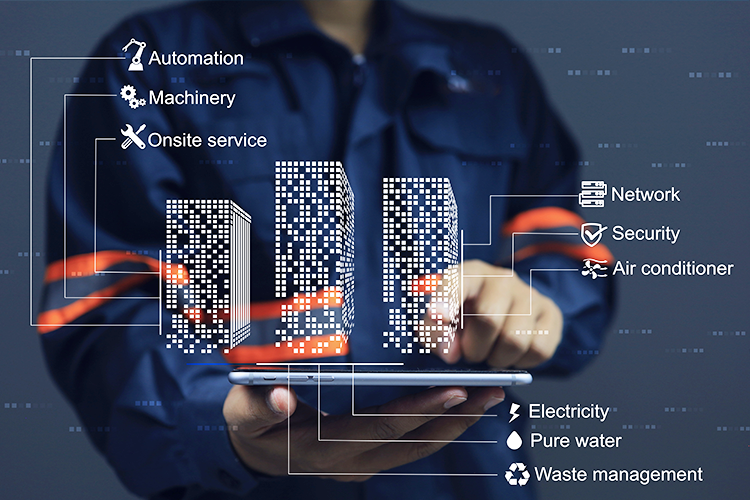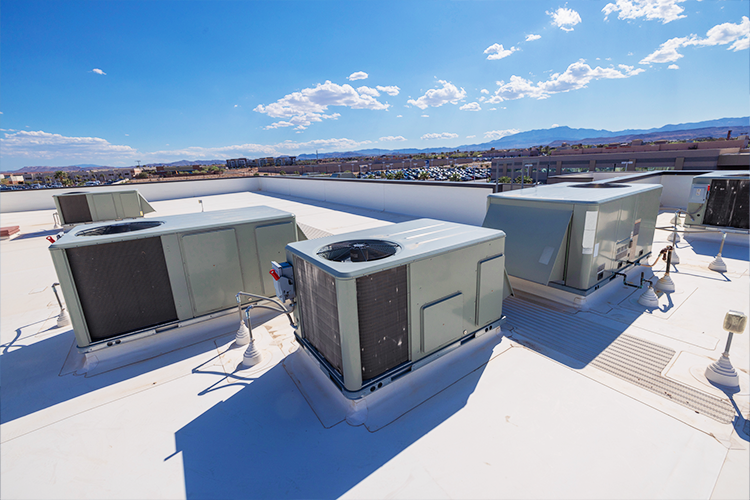What’s New on the DLC: An Introduction
March 11, 2014
What new LED products just came out?
What new LED products are coming out soon?
What trends can we expect with LED fixtures?
I’ll answer those questions and more in my new What’s New on the DLC blog.
Part of my job here at EMC is to keep current with what lighting products are available, know what’s coming soon, and track trends to make predictions about future lighting products. Having good relationships with suppliers is one great way to do this, but another effective way is with the DesignLights Consortium (DLC) Qualified Products List (QPL).
First of all, what is DesignLights Consortium?
When explaining the DLC to someone, I usually use the example of Energy Star, because most people are familiar with the Energy Star label. Energy Star is a government funded organization that certifies many different household products like kitchen appliances, HVAC products, computers, TVs, as well as light bulbs.
There are certain efficiency thresholds that these products must meet to get the Energy Star Label. DesignLights Consortium does the same thing, except they only focus on LED light fixtures. (Energy Star still certifies LED light bulbs). DesignLights Consortium’s scope extends beyond just luminaire efficacy though. They also have requirements for:
- Kelvin Temperature (CCT) – How warm and cool a light looks
- Color Rendering Index (CRI) – How well a fixture makes colors look compared to a standard
- Lumen Depreciation – How long a fixture will stay above 70% of its original brightness
- Warranty – How long the fixture manufacturer will guarantee the fixture’s operation
- Zonal Lumen Density – What percentage of a light fixture’s output that falls within certain angles, depending on the type of light it is
- Total Light Output – How much light is coming out of the fixture
Each fixture is put into a certain product category. There are different requirements from the above list, for each fixture category. For a list of all of the product categories and their current specification requirements you can look here.
By Utility Companies, For Utility Companies
Another difference between Energy Star and DesignLights Consortium is that DLC is not government funded. It’s an offshoot of Northeast Energy Efficiency Partnerships (NEEP).
The DLC part of the equation began as a regional effort to drive commercial energy consumers to use more efficient fluorescent lamps. It rapidly evolved to its current form, which is a national energy efficiency program and utility funded organization that tests LED fixtures. This is important because the utility companies have seen the value of having a one-stop-shop for LED fixture testing and qualifications.
Utilities companies have given their customers millions (or even billions) of dollars in rebates for increasing lighting efficiency over the years. Those rebates are shifting away from fluorescent and toward LED. Many utility companies are requiring that any fixture receiving a rebate must be DLC qualified, not only to meet efficiency standards, but also to satisfy general quality standards.
The Qualified Products List is the master list the DLC maintains of all of the fixtures that meet current DLC standards. These standards have become stricter over time, so the DLC also maintains a list of fixtures that no longer meet current standards. With almost every reputable manufacturer sending their products through DLC Qualification, this is an unbelievable resource (especially for a numbers guy like me) for tracking what’s going on with LED fixture manufacturers.
A Closer Look at QPL Categories
Now on to describing what this blog will be all about. There are seven categories of fixtures on the DLC QPL that I’m going to review historical data for, begin tracking, and write about within this ongoing blog.
- Highbays (including “normal” and aisle)
- Recessed Troffers (including all of the 1x4, 2x2, and 2x4 lights)
- Recessed Troffer Retrofits (all the Troffer retrofit sizes)
- Outdoor Pole Mounted Area/Roadway
- Parking Garage
- Canopy Lights
- 4ft Lamp Replacement
The first series of posts will look back at how these seven fixture categories have evolved since the DLC started testing them. I’ll look at fixture warranty, total lumen packages, hours lifetime rating, CRI, CCT (measured compared to rating), and most importantly fixture efficacies.
The only truly interesting piece of information not on the QPL is fixture price. Obviously, price is a big piece of the equation, but I suppose the DLC can’t do EVERYTHING for us.
After the first few “look-back” blogs, I will report on some of the best new products in each of my seven categories, as well as a couple from the other categories and I’m not continually tracking.
Tony Johnson is Energy Management Collaborative's Technology Manager. In this role he combines his background in lighting & controls design and solid state light fixture design with his expertise in energy savings to evaluate emerging technologies for EMC customers.


